Selling consumers on cool tech gear is proving to be easier than convincing investors.
With its muted initial public offering, Sonos Inc. is the one learning the lesson this time. While the wireless speaker maker climbed above its IPO price in its trading debut Aug 2., shares stayed toward the bottom of the range at which they’d been marketed by the company.
Sonos rose 15 percent to $17.21 around midday. in New York after pricing 13.9 million shares on Aug. 1, at $15 apiece. The stock was marketed at $17 to $19 a piece. The offering raised a combined $208 million for the company and holders who sold their shares and gives Sonos a market value of about $1.7 billion.
It was important for the company to distance itself from Fitbit Inc. and GoPro Inc.—two consumer gadget makers whose stock has suffered. Sonos is off to a lackluster start: Its public market value falls short of the $2.5 billion to $3 billion IPO valuation that, according to people familiar with the matter, the company was targeting in April.
Sonos customers already stream about 70 hours of content a month over its speakers, which use a software platform that is open to major providers including Spotify Technology SA and Apple Music, according to the company’s prospectus. The proliferation of music streaming services and voice assistants will be a boon for business, the Santa Barbara, California-based company says.
The IPO shows there are some key questions on the minds of investors: Will customers upgrade to the latest device even if a product is so sticky that they don’t think they need a new model? If they don’t, where will growth come from? And how do you head off copycats?
Super Competitors
Sonos won’t only need to continue out stepping super competitors such as Alphabet Inc.’s Google and Apple Inc., it will also have to basically be the best consumer hardware business operationally in recent history, according to Toni Sacconaghi, an analyst with Sanford C. Bernstein & Co.“A great product does not always make for a great business,” Sacconaghi wrote in a note to investors on July 30. “Our analysis indicates that over the last 20 years, there have been virtually no historical precedents for consumer hardware companies enjoying significant operating leverage, even during stages of high growth.”
Timing also worked against Sonos reaching its IPO goals. Tech stocks in the S&P 500 Index have fallen about 4 percent in the past week, partly the result of disappointing earnings for Facebook Inc. and others.
Real estate giant Cushman & Wakefield Plc had better luck with its IPO Aug. 1, pricing its shares at the midpoint of its $16 to $18 marketed range. The company, whose owners included private equity firms TPG and PAG Asia Capital, sold 45 million shares at $17 each to raise $765 million. Shares climbed in early trading.
Sonos lost $14.2 million for the year ended Sept. 30 on revenue of $992.5 million, according to its prospectus filed with the U.S. Securities and Exchange Commission. That compares to a loss of $38.2 million on $901.3 million the previous year.
Amazon Ties
The rise of Sonos, founded in 2002, was hit by the launch of Echo, Amazon.com Inc.’s voice-controlled speaker, in late 2014. Months earlier, Sonos executives were telling employees and the public that it would cross $1 billion in revenue for the first time in 2015. The company and has been led by Patrick Spence since January 2017, and its products are now in about 7 million households worldwide.Now, Sonos says its success depends on growth in the voice-activated speaker market and its ability to gain share. In July, it introduced its first home theater product in the genre, called the Sonos Beam, on the heels of the Sonos One.
For Sonos, Amazon is both a competitor and a supplier for its voice-activated speakers, according to the deal prospectus. The products use Amazon’s Alexa system, though its current agreement allows the e-commerce giant to disable its digital assistant’s integration with limited notice. Sonos also uses Amazon Web Services, or AWS, to connect its mobile app to servers and other streaming platforms.
Sonos’s largest investor is KKR & Co., which planned to hold 22 percent of the company after the offering, according to the filing. Its next largest holders are Index Ventures SA, which expects to hold 12 percent, and Sonos co-founder John MacFarlane, who will have 7.6 percent.
Morgan Stanley, Goldman Sachs Group Inc., and Allen & Co. led the offering. The shares trade on the Nasdaq Global Select Market under the symbol SONO.
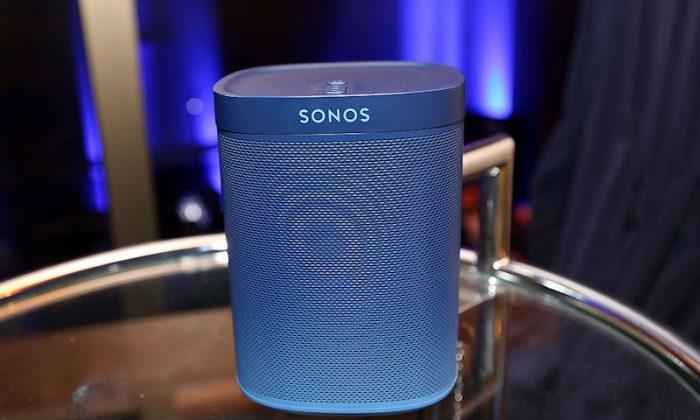
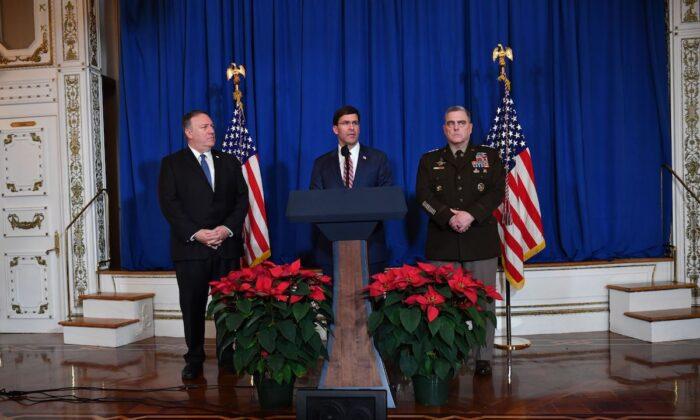
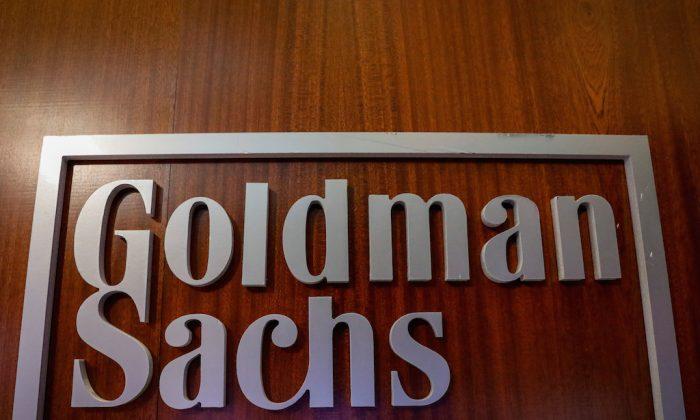
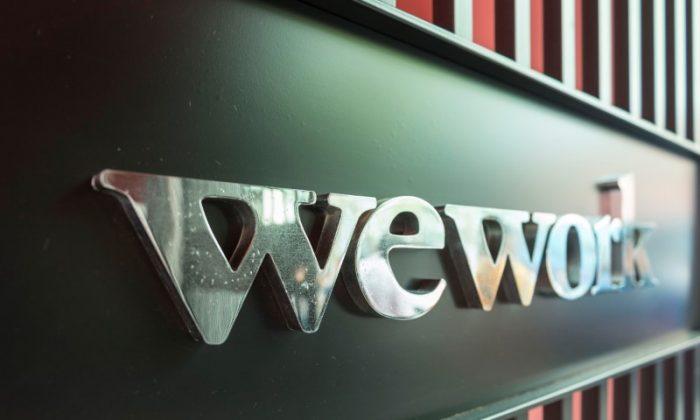
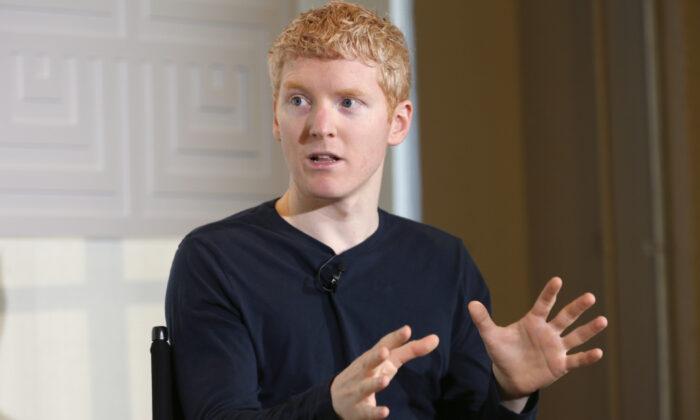
Friends Read Free